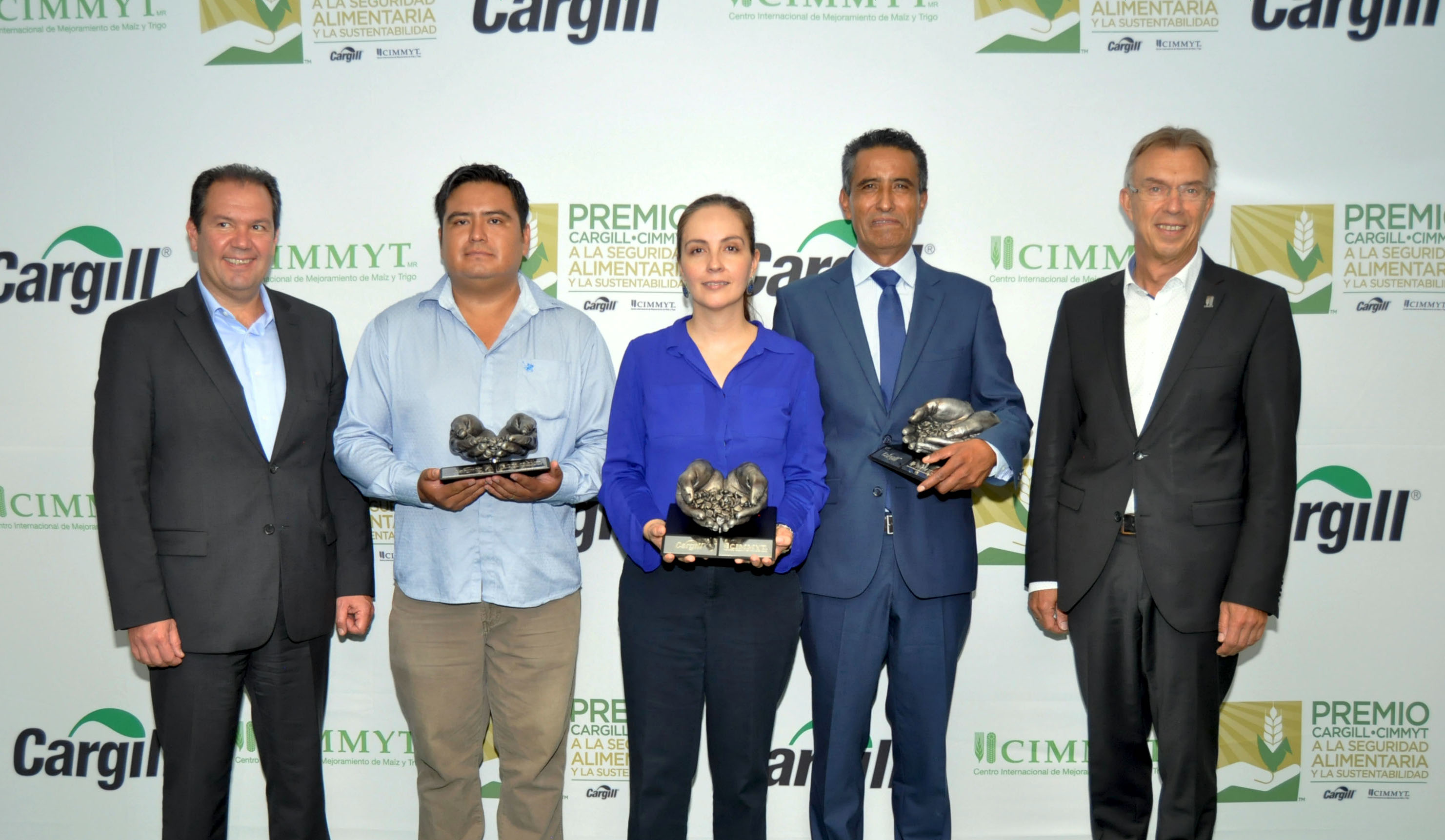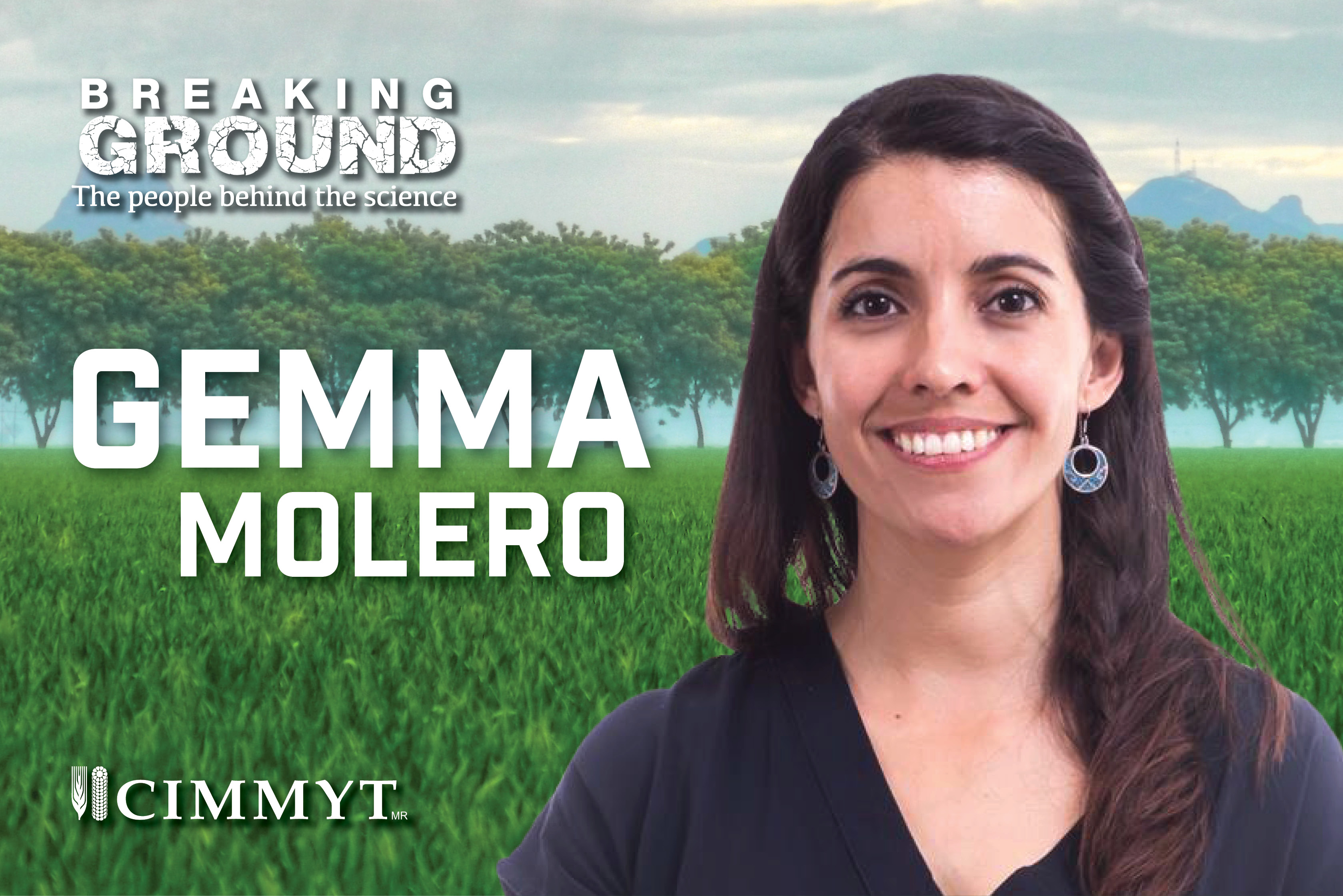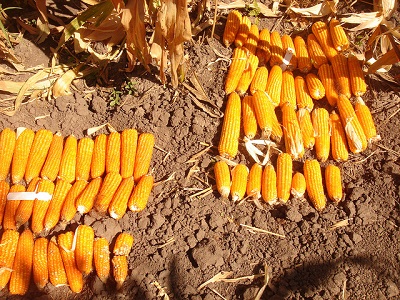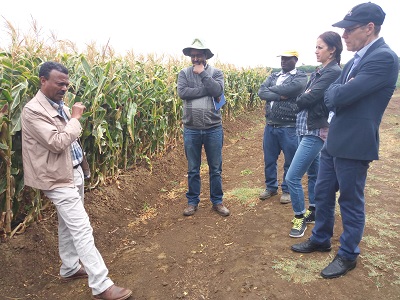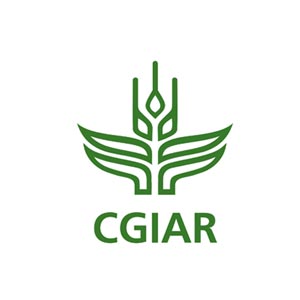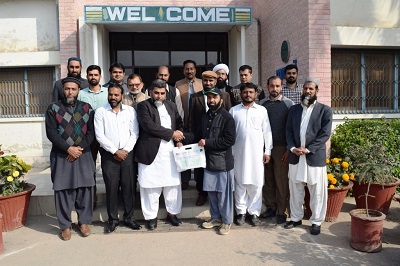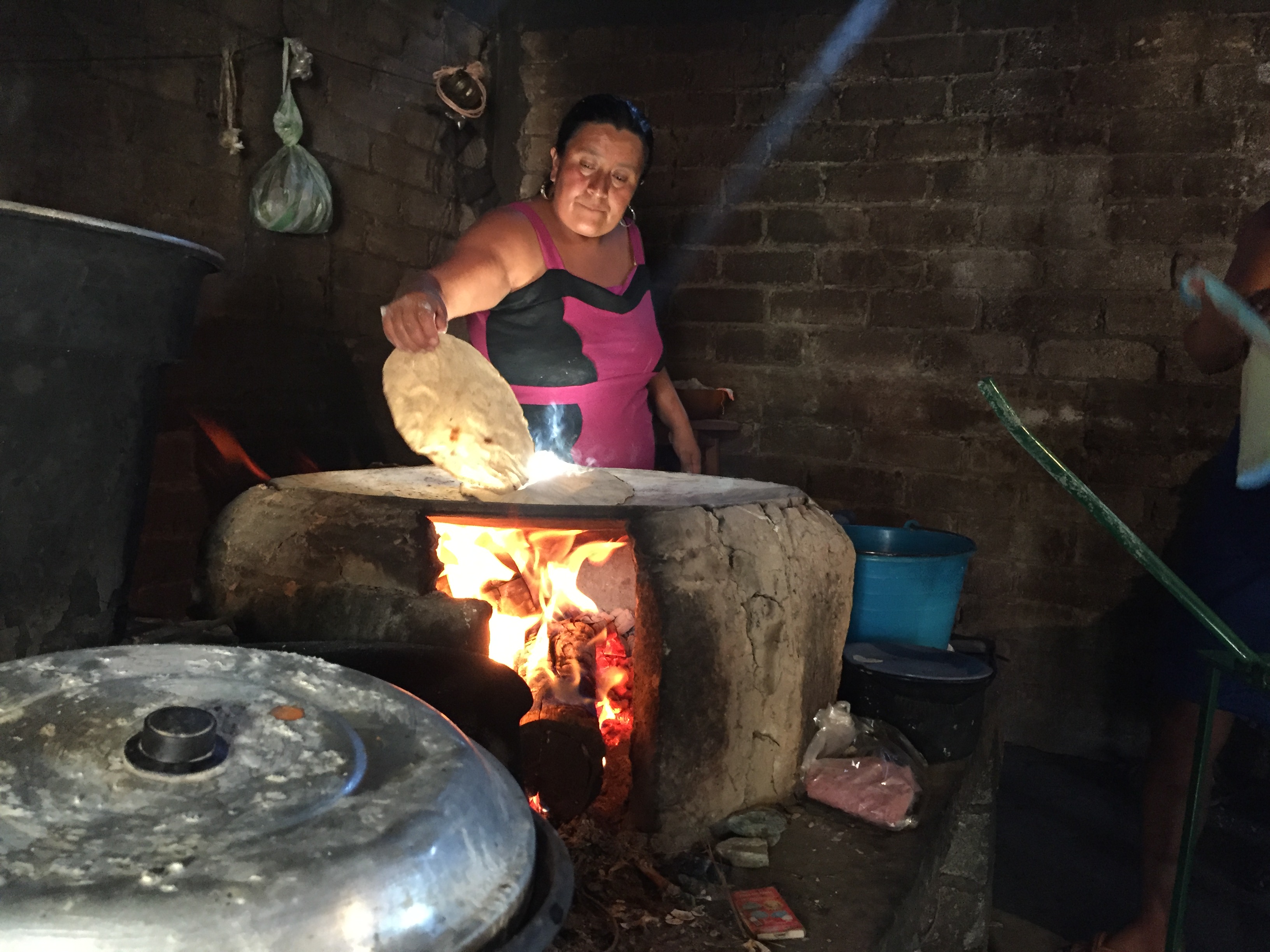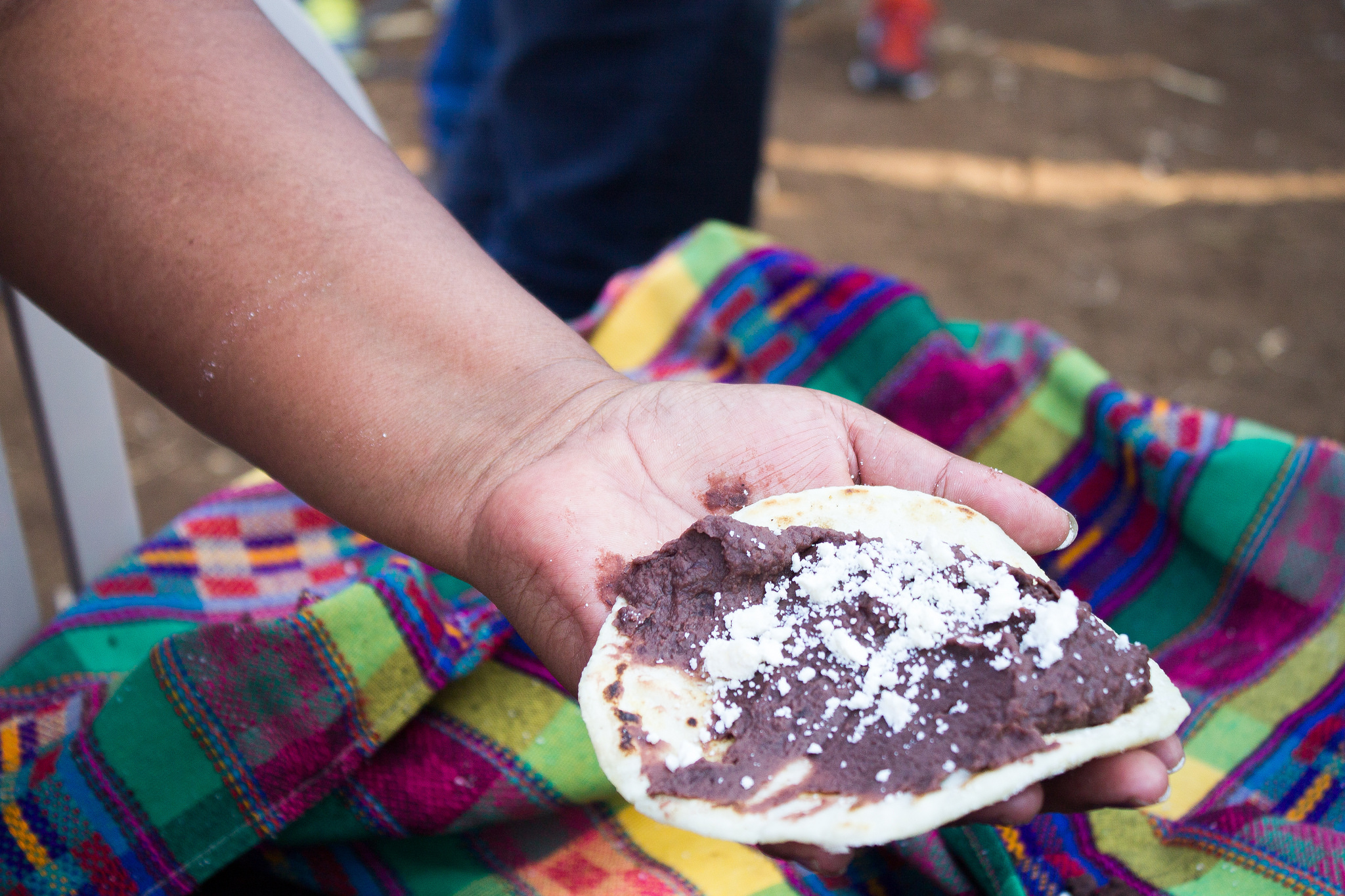Nutrition, health and food security
As staple foods, maize and wheat provide vital nutrients and health benefits, making up close to two-thirds of the world’s food energy intake, and contributing 55 to 70 percent of the total calories in the diets of people living in developing countries, according to the U.N. Food and Agriculture Organization. CIMMYT scientists tackle food insecurity through improved nutrient-rich, high-yielding varieties and sustainable agronomic practices, ensuring that those who most depend on agriculture have enough to make a living and feed their families. The U.N. projects that the global population will increase to more than 9 billion people by 2050, which means that the successes and failures of wheat and maize farmers will continue to have a crucial impact on food security. Findings by the Intergovernmental Panel on Climate Change, which show heat waves could occur more often and mean global surface temperatures could rise by up to 5 degrees Celsius throughout the century, indicate that increasing yield alone will be insufficient to meet future demand for food.
Achieving widespread food and nutritional security for the world’s poorest people is more complex than simply boosting production. Biofortification of maize and wheat helps increase the vitamins and minerals in these key crops. CIMMYT helps families grow and eat provitamin A enriched maize, zinc-enhanced maize and wheat varieties, and quality protein maize. CIMMYT also works on improving food health and safety, by reducing mycotoxin levels in the global food chain. Mycotoxins are produced by fungi that colonize in food crops, and cause health problems or even death in humans or animals. Worldwide, CIMMYT helps train food processors to reduce fungal contamination in maize, and promotes affordable technologies and training to detect mycotoxins and reduce exposure.
Winners of third Cargill-CIMMYT Award increase food production in Mexico
 Nutrition, health and food security
Nutrition, health and food security
The award supports initiatives that tackle food security challenges in Mexico through long-term solutions.
Nutritious vitamin A orange maize boosts health and livelihoods in Zimbabwe
 Nutrition, health and food security
Nutrition, health and food security
As Zimbabwe’s child malnutrition rate peaks above the international threshold for emergency response, nutritious vitamin A orange maize gains ground on the national market.
New Publications: Increasing food and nutrition security in Sub-Saharan African maize-based food systems, a technological perspective
 Nutrition, health and food security
Nutrition, health and food security
Agricultural researchers boost fight against malnutrition with staple crops
 Nutrition, health and food security
Nutrition, health and food security
Maize partners collaborate to maintain yield gain momentum in Pakistan
 Nutrition, health and food security
Nutrition, health and food security
Last year’s maize-growing season in Pakistan yielded a record-breaking six-million tons, decreasing the country’s dependence on imported maize seed and boosting local sales and exports of maize-based products.
Seed companies are responsible for creating demand for quality protein maize
 Nutrition, health and food security
Nutrition, health and food security
Recently, the CIMMYT-led, Global Affairs Canada-funded, Nutritious Maize for Ethiopia project has led field visits for a number of high-level stakeholders.
Tar Spot Complex a potential big black spot on US maize economy
 Nutrition, health and food security
Nutrition, health and food security
A new study shows that nearly 12 million hectares of the maize-growing USA, approximately 33 percent of the entire maize-growing area of the country, might be vulnerable to a disease called Tar Spot Complex (TSC).
CIMMYT helps national programs to enhance maize breeding efficiency in Pakistan
 Innovations
Innovations
Maize is Pakistan’s third important cereal following wheat and rice. However, Pakistan still imports more than 80 percent of the hybrid seeds, costing the country over $50 million annually and making retail price of hybrid seeds expensive.
Preserving native maize and culture in Mexico
 Climate adaptation and mitigation
Climate adaptation and mitigation
Indigenous farmers in Oaxaca are custodians of maize biodiversity, growing seeds passed down over generations.
First zinc-enriched maize in Guatemala to combat malnutrition
 Nutrition, health and food security
Nutrition, health and food security
Farmers expressed interest in the varieties due to their high yield quality protein content, high zinc levels, early maturity and large kernel size.
Breaking Ground: Lorena Gonzalez fast-forwards action on hunger using technology
 Innovations
Innovations
Intrigued by the unique relationship food crops have to their geographical environment, Lorena Gonzalez dedicated her passion for geomatic technology to collect site-specific farm data that is revolutionizing the way researchers tackle hunger.
CIMMYT Board of Trustees: Out of the boardroom and into the field
 Nutrition, health and food security
Nutrition, health and food security
